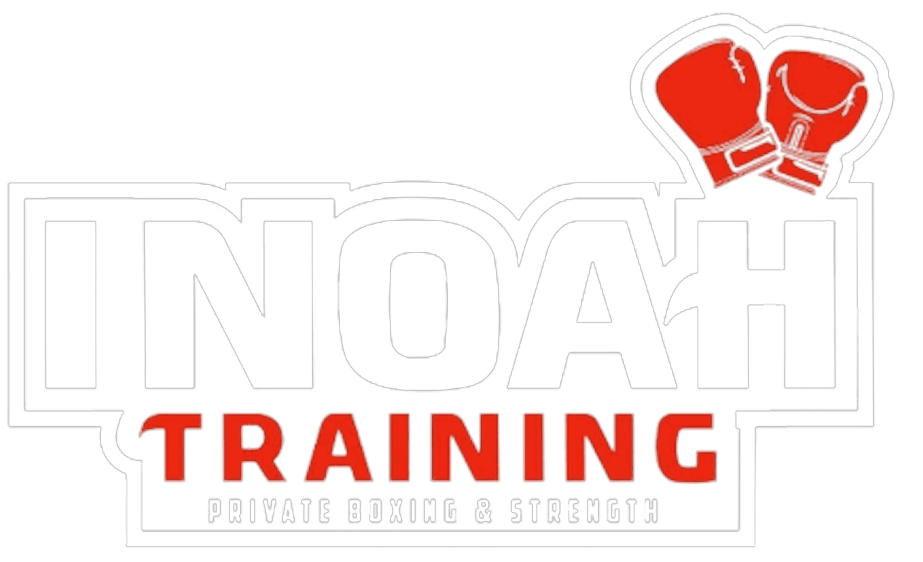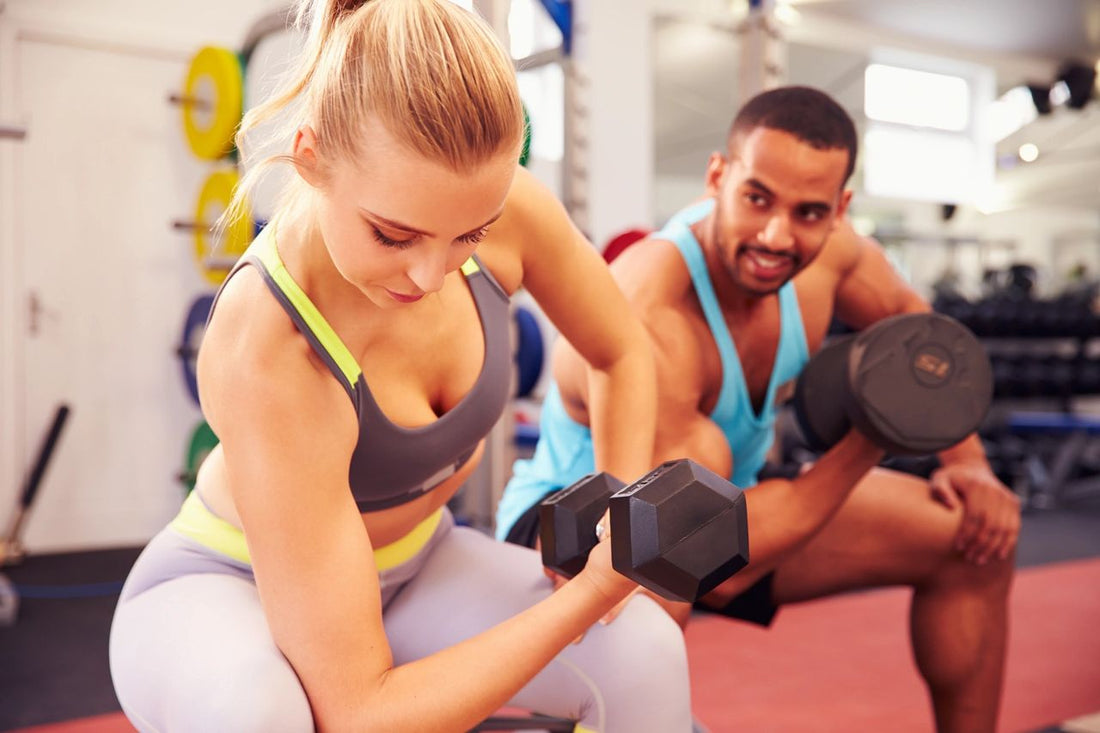Muscles you need to strengthen for Boxing
If you want to be great a great boxer, you’ll need to supplement your boxing training with muscle growth. Here are the muscles you need to strengthen to become a well conditioned boxer. Punching power is delivered from the ground up, and powerful legs are indispensable. There is an unlimited number of ways to strengthen these muscle groups, but here are some suggestions to get the ball rolling. Enjoy
Neck - Having a strong neck helps absorb the impact of blows and better handles direct impact. It enables quicker head movements, helps prevent whiplash and it doesn't tire as easily so you can maintain proper boxing form. Here are exercises to help strengthen your neck and upper body exercises.
- Plate neck resistance with the neck harness (looking up and down)
- Dumbbell shoulder shrugs (keep shoulders vertical, exhale with each shrug and hold for half a seconds before resetting.
- Neck crunches (Laying on your back, no weights just bodyweight)
Shoulders – To improve Arm Endurance
The shoulders are most important for boxing endurance. They help generate power and snap for the punches. You have to be able to protect your jaw and exchange fire with your opponent so shoulders are extremely important to strengthen. Here are some exercises to help.
- Dumbbell squat to shoulder press (squat until your knees are 90 degrees, exhale as you press up and fully extend your arms)
- Dumbbell overhead shrugs (Arms in an upright position the entire time, using only your shoulder to press upward)
- Wristripper with shoulder hold (for forearm grip strength and shoulders)
Latissimus dorsi (lats) – Are responsible for connecting a punch from the rotation of the core, through turning the punch over and generating power. You don’t want to become an “arm puncher”
- Dumbbell lat pulldowns
- Resistance band lat back pulls
- Resistance band lat back pulls with external rotator cuff rotation
Deltoid - Lifts and re-centers the arm after a punch. Your anterior deltoids (front of your shoulders) work together with your pecs to drive your arm out toward your boxing bag
- Resistance band Anterior fly
- Resistance band Medial fly
- Resistance Posterior fly
Trapezius – For the immediate retraction when a fighter moves his fist back to its original stance. The traps are responsible for retracting the arms inwardly.
- Dumbbell lateral raise trap squeeze
- Dumbbell upright rows
- Dumbbell overhead shrugs
Triceps - For speed of straight punches.
- Dumbbell tricep skullcrushers
- Dumbbell tricep extensions
- Cable tricep pulldowns
Biceps - For the speed and snap of your hooks & uppercuts.
- Chinups or assisted chin-ups (make sure your palms face you)
- Dumbbell drag curls
- Dumbbell cross body hammer curls
Pectorals (pecs) – For pushing your opponent forward and backwards in a clinch.
- Dumbbell single arm chest press
- Dumbbell single arm chest fly
- Medicine ball chest throw
Forearms - For tightening your fist harder when you punch. A tighter fist means your hand will hit with a more solid punch and less likely to injure you.
- Dumbbell reverse curls
- Wristripper weighted revolutions
- Pinch grip plate hammer curls
Wrist - Improves upper body push and pull movements. Improves shoulder stability and increases range of motion in the rotator cuff.
- Dumbbell wrist curls
- Dumbbell wrist hammer curls
- Dumbbell wrist reverse curls
Abs – For helping you breathe and improve your ability to receive body shots. Helps connect the force generated by lower body to your upper body.
- Reverse crunches
- MAX v- ups
- MAX bicycle crunches
Obliques – After the twisting motion is started by your glutes, it is carried on using your obliques. Your obliques run along your torse and are built for rotation.
- Side plank with leg raises
- Side plank with oblique crunch
- Wacky jacks
Back – For power, rotation and the speed at which you pull your hands back to your face after connecting a punch.
- Dumbbell bent over back row
- Dumbbell bent over high back rows
- Resistance band squat to back row
Hips – Adds more force to your attacks.
- Loop band lateral steps
- Loop band baby steps
- Loop band fire hydrants
Glutes - for power The biggest muscles in the body. They add power behind your punch by helping you rotate your body. When your spine turns, the glutes take over after your legs to turn your torso in the direction of the punch.
- Single leg glute bridge
- Loop band boot hooks
- Straight leg elevated glute bridges
Quadriceps - Helps move your body in the direction of a punch. They also help you lower or raise your body level into a punch. Used in bob and weaves and ducking.
- Bulgarian lunges with shoulder press
- Flat bench box squats
- Wall sit with bicep curls
Hamstrings – Used for adding power to your punches. Helps move your body in the direction of a punch. They also help you lower or raise your body level into a punch. Used in bob and weaves and ducking.
- Dumbbell single leg toe touches
- Dumbbell hamstring curls
- Stability ball glute bridge with hamstring tuck
Calves – The first muscle used when drawing up power and strength from the ground up. Calves are used in pivoting, rotating, balance and speed.
- Dumbbell single leg calf raises
- Hexbar pinch grip calf raises
- Seated Elevated calf raises
For more information on boxing related content visit www.INoahtraining.com or email Noahg76@gmail.com for blog requests

